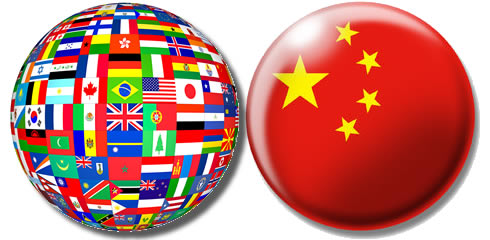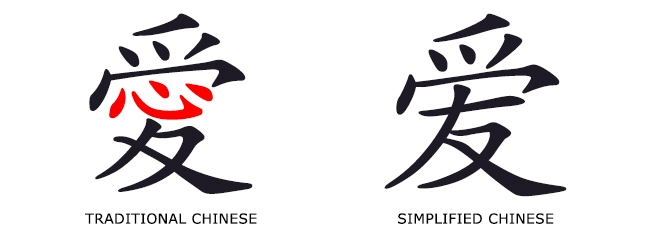Still controversial half a century after their adoption, native and non-native learners of written Chinese may have reason to celebrate the 50th anniversary of the adoption of simplified Chinese characters (简体字, jian ti zi)
As pointed out by Jottings from The Granite Studio blog’s Jeremiah Jenne, China’s State Council approved the first character simplification move on January 31, 1956. They have been used as the standard Chinese script in the People’s Republic of China ever since, and have also seen some adoption in Japan and Singapore.
With traditional characters (繁体字, fan ti zi) seen as an impediment to literacy, the adoption of official simplified characters was also intended to create a standardized list of character simplifications, as non-standard variants of commonly-used by complex characters were frequently used.
Traditionalists believe that the simplification process has stripped the language of its beauty, and in some cases, has devalued the meaning of words by replacing the complex, phonetic component of a character with a meaningless homonym. Another example is the character for 爱 (ai), love, in which the character for “heart,” contained in the traditional character, was removed.
Hong Kong, Macau, Taiwan, and many overseas Chinese continue to use traditional characters for both official and unofficial documents.
Photo: Mosaic Taiwan


